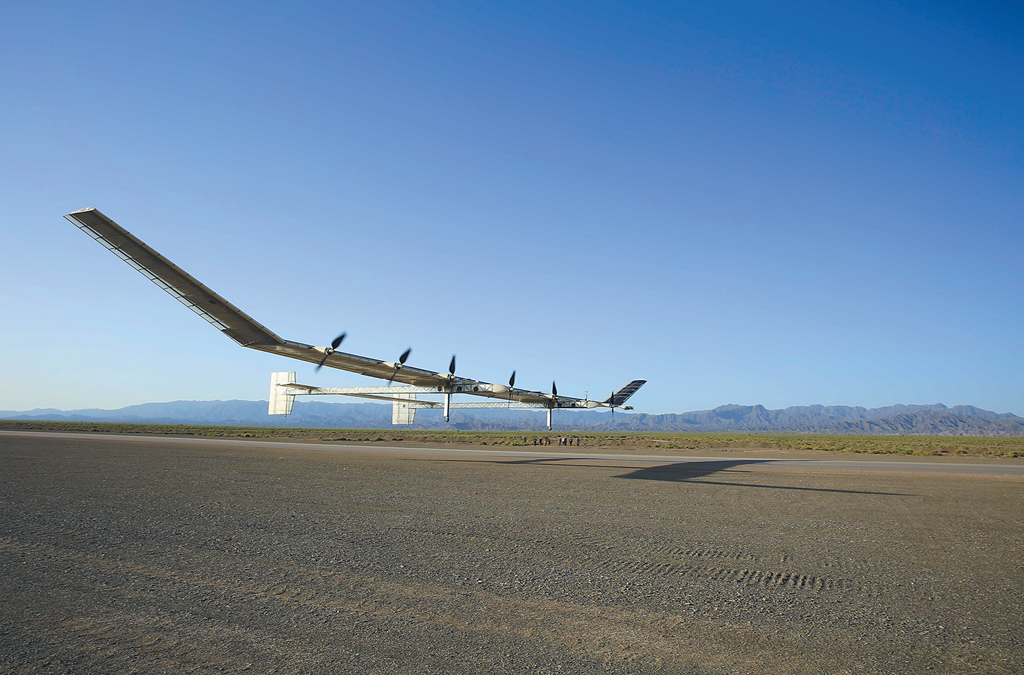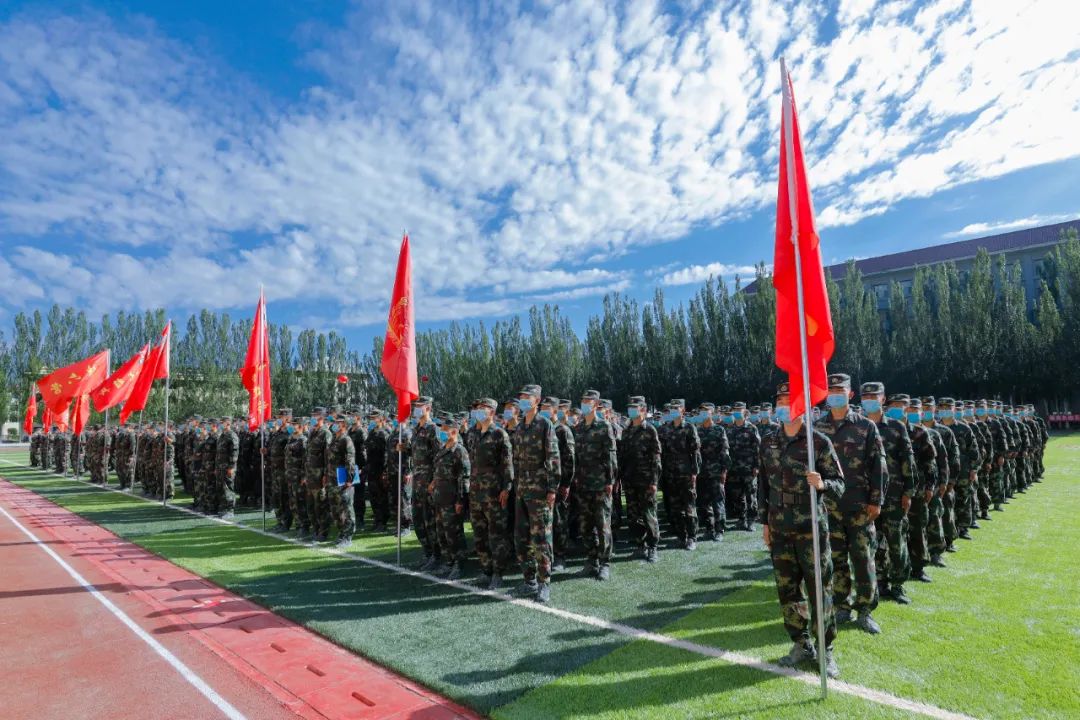Why is the solar drone called "pseudo -satellite" become a new highland of "dark battles" in many countries?
Author:Global Times Time:2022.09.06
[Global Times reporter Liu Yang Global Times Special Reporter Sigu] On September 3, the "Qixing 50" large solar drone developed by China Aviation Industry Group Co., Ltd. ("Aviation Industry") Essence At present, in addition to the "Qixing 50" solar drone, there are also a number of solar drones in China are developing and testing. Many western countries have also accelerated the pace of competition in the field of solar drones. Why is the solar drone called "pseudo -satellite" attracting the attention of many countries around the world? What application potential does this platform have made it a new highland for global competition?
Another solar drone in China is successful
According to the aviation industry's WeChat public account, the "Qi Star 50" large solar drone developed by the Aviation Industry One Flying Hospital started at 17:50 on September 3, flight for 26 minutes in the air, landed smoothly at 18:16, smoothly landing, smoothly, smoothly, smoothly Complete the first flight task, the aircraft is in good condition, the systems are running normally, and the first flight is successful.

"Qixing 50" large solar drone
According to a reporter from the Global Times, the aircraft is the first oversized and low -speed drone developed by the aviation industry. For the first time, a large -scale drone with a double body layout is used. Large drone. It is a "pseudo satellite" that can fly continuously at high altitude. It uses high -efficiency, clean, green, and environmentally friendly solar energy. Communication relays and other tasks.
In the manuscript of the aviation industry, the relevant performance parameters of the "Qixing 50" test flight were not mentioned, but the "Near Space" was mentioned in the title of the relevant report of the WeChat public account of the aviation industry. The so -called near space refers to space from 20,000 meters to 100,000 meters from the earth.
"Aviation Knowledge" magazine Wang Yaman introduced the Global Times reporter that from the perspective of the development of solar drones abroad, the new type Internet connection service. According to Wang Yanan, the coverage of a solar drone is equivalent to 200 ground base stations, and its effective load can also reach 20%of the aircraft itself, while the communication satellite is less than 0.5%. In contrast, the high -altitude solar energy UAV has a greater advantage than artificial satellites in some aspects and lower costs, so it is also called "pseudo -satellite".
The aviation industry said that the successful first flight laid a solid foundation for the development of large solar drones and model projects in the aviation industry, and will further promote the development of key technologies such as the field of new energy, the field of composite materials, and the field of flight control. Near the ability to perform tasks in the space and ocean -ocean.
At present, in addition to the latest "Qi Star 50" large solar drone, the latest first flight of the aviation industry, there are many solar drones in China to enter the public vision. In 2017, the domestic "Rainbow" solar drone was tested for the first time, and it continued to fly steadily for about 15 hours. This also made my country the top three in the world in the field of solar drones after the United Kingdom and the United States. From the perspective of the "Rainbow" solar drone's future development plan, it can be used as an air platform to provide long -lasting data relay and 4G/5G communication to replace some satellite functions. For example, establish an air mobile WIFI base station to allow people in remote areas to use cheap mobile communication and Internet access services. Outside the communication field, it can also be used for major natural disaster warnings, emergency rescue, and normalized sea area supervision.

"Rainbow" solar drone test flight.
In 2019, the "Mozi II" solar aircraft for nearly two years in Shanghai Lingang has successfully tested the test flight. The person in charge of the project stated that there is no problem with China's solar aircraft hardware. The key is that "software" such as meteorological protection and route planning is still insufficient. After the "Mozi II" completes the follow -up performance test, the aircraft will cooperate with 5G honeycomb equipment vendors and mobile data operators to expand the usage scenario.
Meiying is optimistic about solar drone military potential
The "Zephyr S" (Zephyr S) solar drone cooperated by the US Army and the European Airbus may be the most powerful foreign solar drone in recent times. A "Hefeng -S" lost contact after more than two consecutive months. According to foreign media reports, the machine had lost control.
Some US media reported at the end of July that the "Hefeng -S" solar drone cooperated with the Airbus to cooperate with Airbus has continued to fly in the air for more than 50 days, and it continues to fly. Expected performance. In 2018, "Hefeng" took the first long flight and stayed in the air for 25 days and 23 hours.
Wang Yaman believes that the "Hefeng -S" wing exhibition is 25 meters and a total weight of 165 pounds (about 75 kg). It can fly to 23,200 meters high, which is more flexible than traditional spy satellites. UAV has a higher persistence and can be deployed relatively quickly to the front line. In addition to flying long distances, it can also quickly re -assign tasks according to demand.
At present, the U.S. and British military are very interested in this solar drone. Mike Mormon Leon, the head of the U.S. Army's related project, said that they have seen great progress in the test of high -altitude platforms, which can fully explore the future potential of a variety of military purposes of flat stratum solar aircraft. According to reports, the operator of the "Wind -S" solar drone is not just concerned about flight, but uses the route to record some interesting patterns in the sky during the flight, such as mathematical symbols or letters. In 2016, the British Ministry of Defense announced the ordering multiple "Wind -S". Although the specific purchase purpose was not disclosed at the time, some foreign think tanks believed that "Hefeng -S" could undertake the tasks such as continuous monitoring and communications. Pyramid £ 100 million improves the equipment capacity project of special forces.
SimpleFlying, a foreign aviation news website, said that on August 19, the famous Airbus solar drone "Hefeng -S" lost contact over Arizona in the United States. The aircraft has been flying for 64 consecutive days. If it persists for another hour, it can break the longest flight record in history. A representative of Airbus defense said that Airbus has conducted many years of testing the series of drones in Arizona, and the latest model is "Hefeng-8". After 64 days of flat flow flight and completing a number of task goals, the development team is analyzing more than 1500 hours of flat flow task data.
According to the original plan, the next stage of "Hefeng -S" test will bring a new load to fly over the Pacific Ocean. However, the test time has not been determined. Whether this crash will affect the subsequent test tasks, it must continue to be observed.
In addition to Airbus's project, an American technology company has developed a flat -flow drone "Aquila", which has successfully tested many times. Boeing's subsidiary has also announced that it is promoting the "Odysseus" solar drone project, and the drone's wing exhibition has reached 243 feet (74 meters).
How far is solar drone distance practical
Many countries around the world are continuing to develop solar drones. What is the development prospects of subsequent related fields? What are the technical difficulties of solar drones in the future? In response to these issues, the Global Times reporter interviewed experts from relevant fields on the 5th.
An unnamed expert told the Global Times reporter on the 5th that many companies at home and abroad are currently being checked in the long -term solar drone technology of the long -term airlines, indicating that the relevant supporting technologies have made a certain breakthrough. Solar batteries, energy storage batteries, etc. Solar drones can theoretically reach unlimited airlines. If you design for 3 months of flight and fly thousands of kilometers a day, you can fly hundreds of thousands of kilometers in three months. Based on this design, its application scenarios will be very extensive. Whether it is observation of local observations, or communication base stations "hanging" in the sky, communication relay and other functions, it can be realized. At the same time, there are still many technical misunderstandings in the future. In the future, technical personnel at home and abroad still need to use it for a long time to solve related problems. For example, Airbus's "Wind -S" 75 kg can carry 5 kg load. It can be seen that the ratio of the load weight of the solar drone to the structural weight is relatively low. This is a technical problem that needs further breakthroughs in the future. It must carry hundreds of kilograms of loads like the "vulture" plan proposed by the United States, for several years and flying heights for several years, and a flying height of 17,000 meters to 27,000 meters, it has high practical value. It requires extremely high lift ratios, extremely light structural weight, and high -efficiency energy systems. This requires breakthroughs in a series of key technology areas such as overall, pneumatic, structure, power and energy. At the same time, if you want solar drones to fly globally, you need to overcome more technical problems. Therefore, everyone must not only have confidence in the development prospects of this technology, but also be patient with the process of overcoming related technologies.
The papers entitled "Relators of the Technical Relators of solar drones during the long flight" in "Aviation Journal" predicted the development of solar drones in the next 20 years according to the development trend of various technologies. The article believes that although pneumatic and structure is an important factor affecting the performance indicators of the aircraft platform, the development space is limited, and the improvement of the efficiency and energy density of solar cells and energy storage batteries will be the key to affecting the performance of solar aircraft in the future. Studies have shown that around 2032, the ratio of the weight of the load load and structural weight of the solar drone will reach the level of conventional electric drones. Around 2040, the maximum take -off weight of solar drones equipped with a fixed weight load will drop to the current 1/1/ 3. In the future, the solar drone will have a more complete task system and more complete functions during the ultra-long navigation. Become the key to the design of solar drones during ultra -long navigation.
- END -
The Ministry of Foreign Affairs also approves NASA Director to China
QAccording to the Office of the Foreign Ministry, at the regular press conference of the Ministry of Foreign Affairs on July 7, Shenzhen Satellite TV reporters asked: Nielsen, director of the Nation
Speed with passion, this military sports sports will be worth watching!

The collision between speed and passionBloody and gallbladder confrontationDon't m...